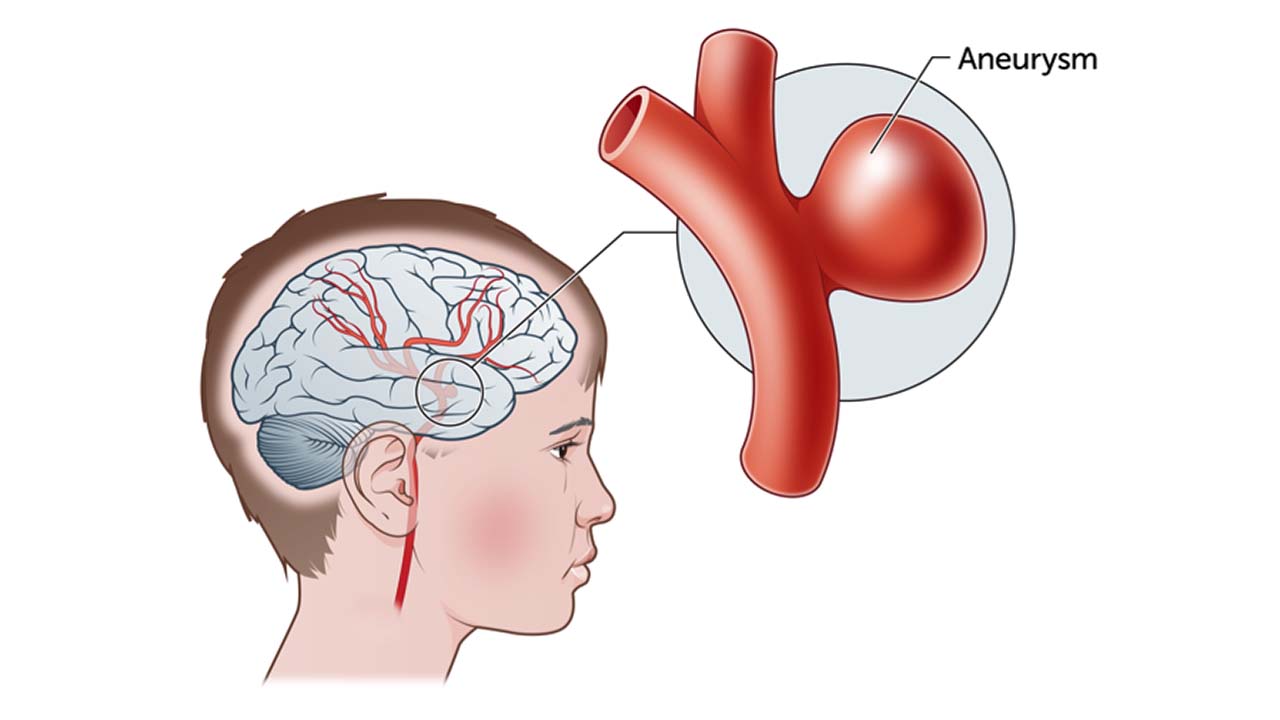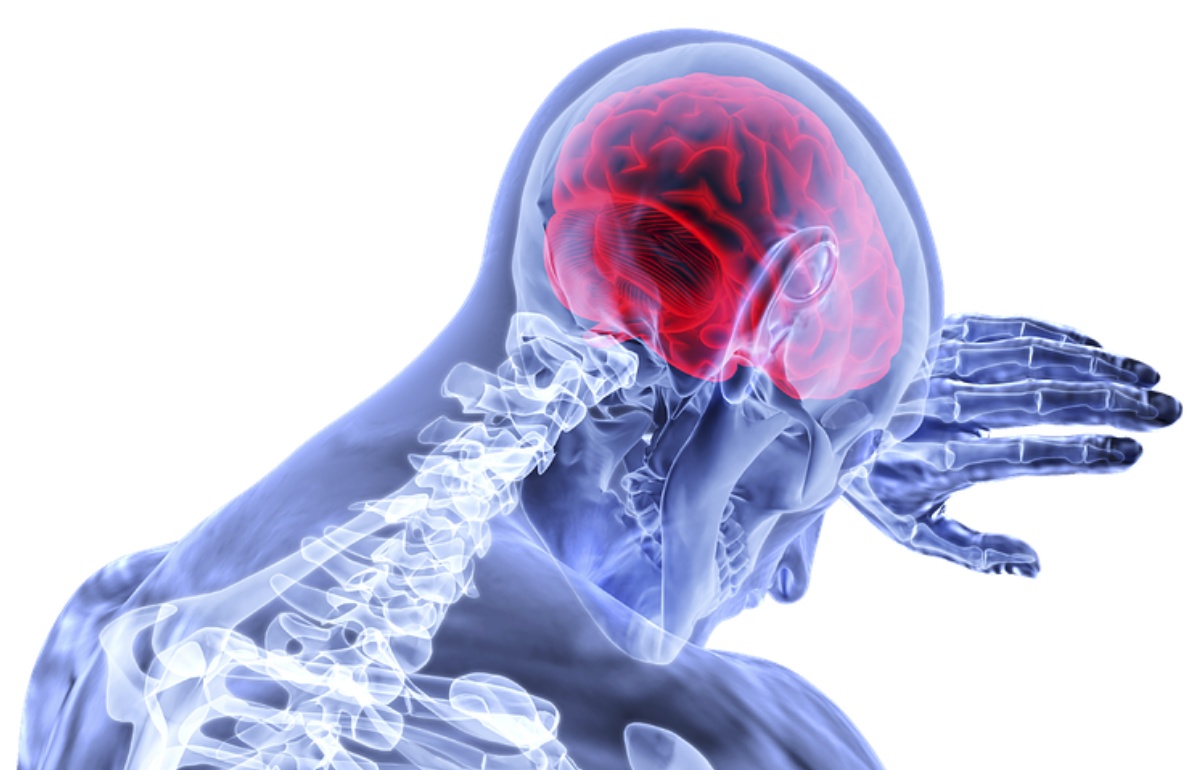The Neurosurgeon Raises the Alarm: Never Ignore These Aneurysm Symptoms
A surgeon specializing in neurology explains to us what the symptoms of an aneurysm are that we need to know and that we absolutely must not ignore to safeguard our health and our lives.

What is an Aneurysm?
First of all, it is necessary to explain what an aneurysm is. It consists of a swollen blood vessel in the brain that can burst and lead to dangerous internal bleeding. If an aneurysm ruptures, it can be life-threatening. This condition is often associated with atherosclerosis, a disease that affects the arteries. Leading a healthy lifestyle can help us protect against the development of an aneurysm, as some factors, which we list in the following lines, can increase the risk. Among the acquired factors, we find:
- Smoking
- Alcohol
- Drugs
- Hypertension
Dr. Howard Antony Riina teaches us to recognize aneurysm symptoms
Professor of Neurosurgery and Vice President of the Langone Medical Center at New York University conducted a study on the case of a 41-year-old woman who tragically passed away after experiencing a severe headache, later determined to be a brain aneurysm.
Lee Broadway, the unfortunate victim, arrived at the emergency room just a few hours after her migraine-like headache began. She couldn’t move due to the severity of the pain, and she had declared to her husband that it was the “worst pain of her life”. Despite medical treatment, doctors couldn’t prevent her tragic death. The neurosurgeon explains the difference between a regular headache and the symptoms of an aneurysm, emphasizing the importance of recognizing the signs for early intervention.

An aneurysm brings an intense and unfamiliar pain comparable to a severe head injury or a decisive blow to the head. Some patients have described it as feeling like a sudden lightning strike. In contrast, a migraine is a headache characterized by shooting or throbbing pain that often affects only one side of the head. Migraines typically respond to medications or specific measures and can be relieved over time. Recognizing them is important: it can save our lives.
What are the Symptoms of an Aneurysm
Here is some information and symptoms that should not be overlooked, as they could indicate the beginning of a severe health issue:
- Aneurysm rupture is a rare event.
- About 10% of the population has an unruptured aneurysm (which does not cause bleeding) without knowing it.
- Approximately 2% of aneurysms rupture without causing obvious symptoms.
- Familiarity is important; if there is a family history of aneurysm, it is essential to talk to your doctor.
- Some lifestyle factors or diseases (Ehlers-Danlos syndrome or polycystic kidney disease) can favor it.

The signs that should set off alarm bells
These symptoms are essential to recognize as they could be indicative of a ruptured aneurysm:
- Sudden, worsening headache
- Drooping eyelid
- Confusion
- Blurred or double vision
- Nausea or vomiting
- Loss of consciousness
- Convulsions
- Photophobia
when the aneurysm is not ruptured, it can instead cause
- Changes in vision
- Pupil dilation
- Numbness or tingling on one side of the face
- Pain above and behind one eye





